The Atacama Desert – Another World
Monday, 28th June 2010 by Chris Hannigan
We previously featured the fascinating Atacama Desert in 2008's desert week, but to round off this year's Desert Week we've decided to take another tour for those that missed this unique location the first time around.
The Atacama desert in South America is the driest desert in the world, and scientists often compare it to the arid surface of Mars. This place is so dry that weather stations collect an average rainfall is just 1 millimetre (0.04 in) per year in some regions, while mountains in other areas show no signs of even having prehistoric glaciers... ever. NASA uses this desert landscape to test out life-detecting instruments on future Mars missions.
The Atacama covers 105,000 km2 (40,600 square miles) of Northern Chile between the Chilean Coast Range and the Andes Mountains. The desert's dry atmosphere is a result of mountains on both sides blocking incoming moisture and a coastal inversion layer from the cold Humboldt Current in the Pacific Ocean. You can see how the moisture just stops at the Andes using Google's satellite mapping. This unique weather pattern results in the near complete and total absence of rain aside from some an occasional marine fog that keeps the algae, lichens and even some cacti hydrated.
Human population is scarce in this desert. Towns that do exist are often built around a natural desert oasis much like the village of San Pedro de Atacama. The town was founded around 1450 and today only holds a population of near 5,000. Visitors to San Pedro often report mild altitude sickness such as dizziness, lethargy and headaches due to the town's high altitude of 2,400 m (7,874 ft) and dry atmosphere.
The Atacama's nearly non-existent cloud cover, dry atmosphere, high elevation, and low population (meaning no pollution and radio interference) makes it an ideal location for astronomical studies. There are two major observatories in the desert including the La Silla Observatory, and the Paranal Observatory (which has great Google imagery resolution as well).
In the late 19th century and early 20th century, the Atacama was used on a large scale for mining sodium nitrate. When synthetic nitrate was invented in the early 1900s, many of these towns subsequently became abandoned - leaving as many as 170 deserted locations that can be seen across the desert today. Some of the most popular locations include Humberstone and Chacabuco. The desert does a great job of preserving these places by preventing natural erosion and decay.
The Atacama's Valle de la Luna (Valley of the Moon) gives you a chance to experience what it's like to actually walk on the moon! Like its name suggests, this region west of San Pedro that looks an awful lot like the surface of the moon due to salt deposits that give the ground a white colour and lunar texture. Scientists believe that some of these grounds have not seen a drop of rain in over a hundred years!
The only thing missing from the lunar surface at Valle de la Luna are impact craters, but not to worry because south of this region you can find the Monturaqui meteorite crater. This 460 m (1,509 ft) diameter crater makes the experience of being in another world complete!
To read more about the Atacama, visit Wikipedia.
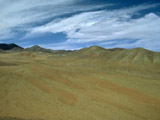
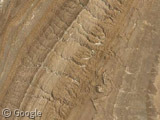
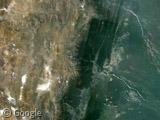
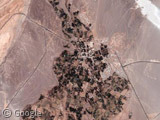
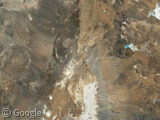
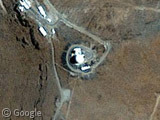
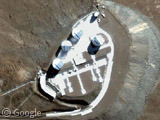
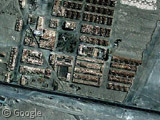
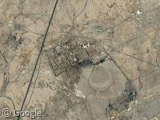
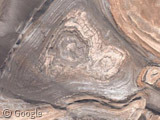
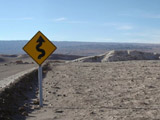
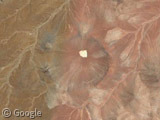
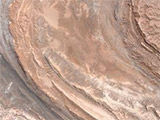
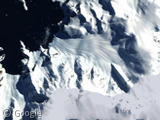
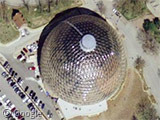
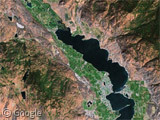
Sharing statistics
Share this site